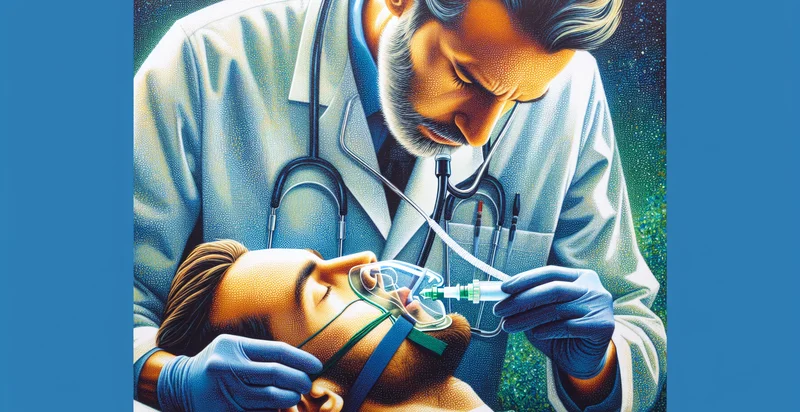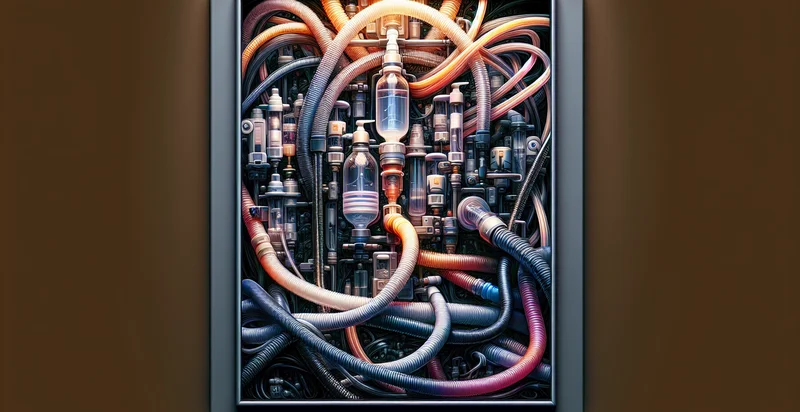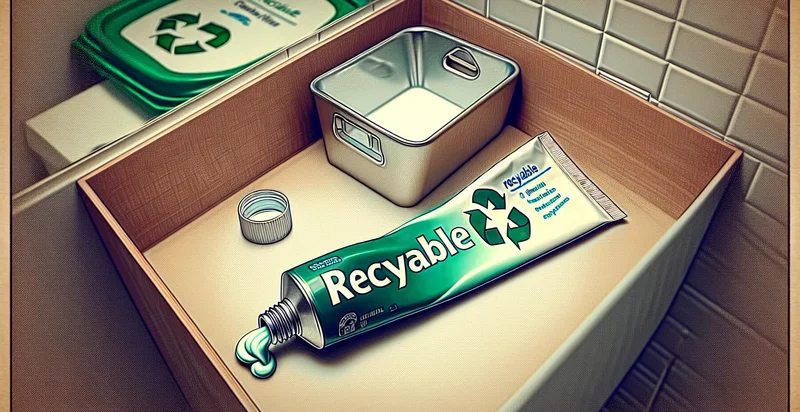Identify is breathing tube is inserted properly
using AI
Below is a free classifier to identify is breathing tube is inserted properly. Just upload your image, and our AI will predict if the breathing tube is inserted properly - in just seconds.


Contact us for API access
Or, use Nyckel to build highly-accurate custom classifiers in just minutes. No PhD required.
Get started
import nyckel
credentials = nyckel.Credentials("YOUR_CLIENT_ID", "YOUR_CLIENT_SECRET")
nyckel.invoke("is-breathing-tube-is-inserted-properly", "your_image_url", credentials)
fetch('https://www.nyckel.com/v1/functions/is-breathing-tube-is-inserted-properly/invoke', {
method: 'POST',
headers: {
'Authorization': 'Bearer ' + 'YOUR_BEARER_TOKEN',
'Content-Type': 'application/json',
},
body: JSON.stringify(
{"data": "your_image_url"}
)
})
.then(response => response.json())
.then(data => console.log(data));
curl -X POST \
-H "Content-Type: application/json" \
-H "Authorization: Bearer YOUR_BEARER_TOKEN" \
-d '{"data": "your_image_url"}' \
https://www.nyckel.com/v1/functions/is-breathing-tube-is-inserted-properly/invoke
How this classifier works
To start, upload your image. Our AI tool will then predict if the breathing tube is inserted properly.
This pretrained image model uses a Nyckel-created dataset and has 2 labels, including Tube Inserted Correctly and Tube Not Inserted Correctly.
We'll also show a confidence score (the higher the number, the more confident the AI model is around if the breathing tube is inserted properly).
Whether you're just curious or building is breathing tube is inserted properly detection into your application, we hope our classifier proves helpful.
Related Classifiers
Need to identify is breathing tube is inserted properly at scale?
Get API or Zapier access to this classifier for free. It's perfect for:
- Emergency Room Checks: In emergency situations, medical staff can use the breathing tube classification function to quickly verify whether a patient's breathing tube has been inserted correctly. This can reduce the time spent on assessments and improve patient outcomes during critical care.
- Surgical Procedure Verification: During surgical procedures that require general anesthesia, this function can ensure that the breathing tube is positioned correctly before commencing the operation. This additional layer of verification helps to minimize risks associated with intubation errors.
- Telemedicine Support: In remote healthcare settings, nurses or healthcare professionals can utilize this classifier during virtual consultations to assist in performing in-home intubation checks. This leverages technology to provide expert advice and ensure patient safety outside traditional settings.
- Training and Simulation: Medical personnel can use the classification function within simulation training programs for a hands-on approach to learning proper intubation techniques. By providing real-time feedback on the placement of breathing tubes, trainees can improve their skills more effectively.
- Quality Assurance in Critical Care Units: Hospitals can integrate this image classification tool as part of their quality assurance protocols in intensive care units. It can help monitor and evaluate whether healthcare providers consistently place breathing tubes correctly, promoting adherence to best practices.
- Post-Operative Monitoring: After surgical procedures requiring intubation, this function can assist in post-operative checks to confirm that the breathing tube remains properly positioned. Early identification of any errors can prevent complications such as airway obstruction.
- Audit and Compliance: Healthcare facilities can use this technology as a part of their audit processes to assess compliance with intubation protocols in various settings. By analyzing classification data, administrators can identify areas needing improvement and enhance overall care standards.


